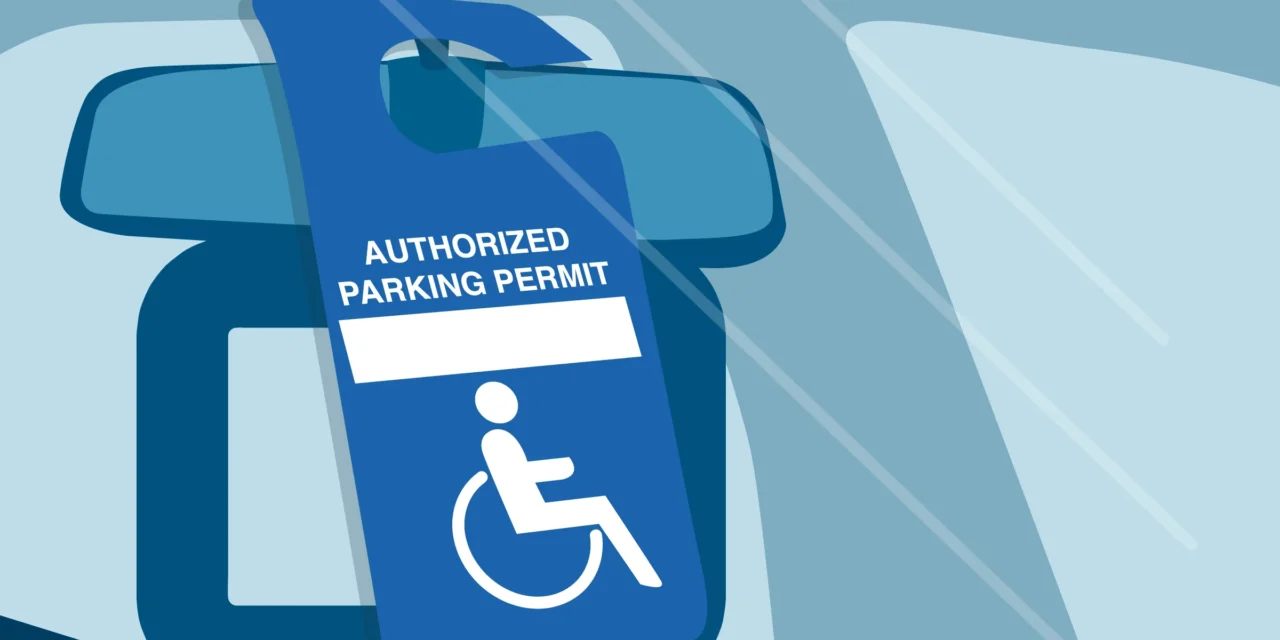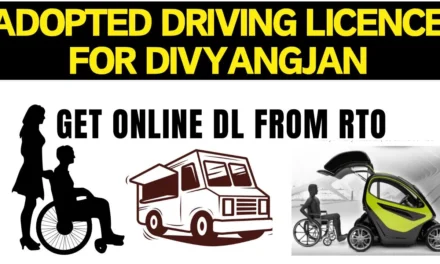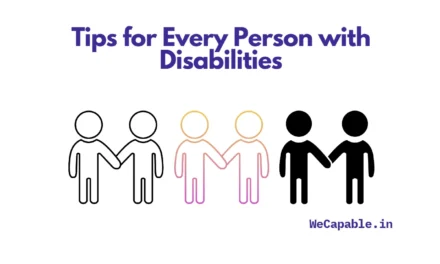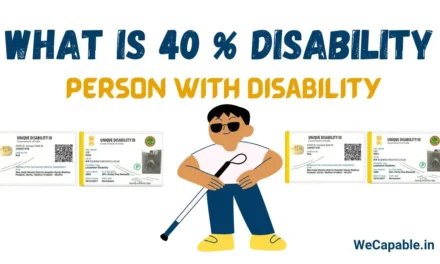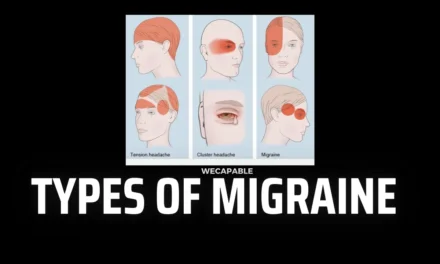People with disabilities often face challenges when it comes to parking. To make parking easier for them, many states offer parking permits for people with disabilities. These permits, also known as placards, allow people with disabilities to park in designated parking spots. In this article, we will discuss the process of applying for a parking permit for people with disabilities.
What is a Parking Permit for People with Disabilities?
A parking permit for people with disabilities is a special permit that allows people with disabilities to park in designated parking spots. These permits are issued by the state and are typically valid for a certain period of time. The permit is usually displayed on the dashboard of the vehicle and must be renewed periodically.
Who is Eligible for a Parking Permit?
In order to be eligible for a parking permit, an individual must have a disability that significantly limits their ability to walk. This disability must be certified by a licensed physician. Additionally, the individual must be a resident of the state in which they are applying for the permit.
How to Apply for a Parking Permit
The process of applying for a parking permit varies from state to state. Generally, the process involves the following steps:
- Gather the necessary documents: Depending on the state, you may need to provide proof of residency, proof of disability, and a valid driver’s license or state ID.
- Complete the application: Most states have an online application process. You will need to provide information such as your name, address, and disability.
- Submit the application: Once you have completed the application, you will need to submit it to the state. Depending on the state, you may be able to submit the application online or by mail.
- Receive the permit: Once your application has been approved, you will receive your permit in the mail. The permit will be valid for a certain period of time.
Benefits of a Parking Permit
A parking permit for people with disabilities offers several benefits. These include:
- Convenience: People with disabilities can park in designated parking spots, which are often closer to the entrance of a building.
- Safety: People with disabilities can park in designated parking spots, which are often safer than regular parking spots.
- Cost savings: People with disabilities may be eligible for discounted parking fees in some states.
Conclusion
Parking permits for people with disabilities can make it easier and safer for people with disabilities to park. The process of applying for a permit varies from state to state, but generally involves gathering the necessary documents, completing an application, and submitting it to the state. Once approved, the permit will be valid for a certain period of time and will offer several benefits, such as convenience, safety, and cost savings.

